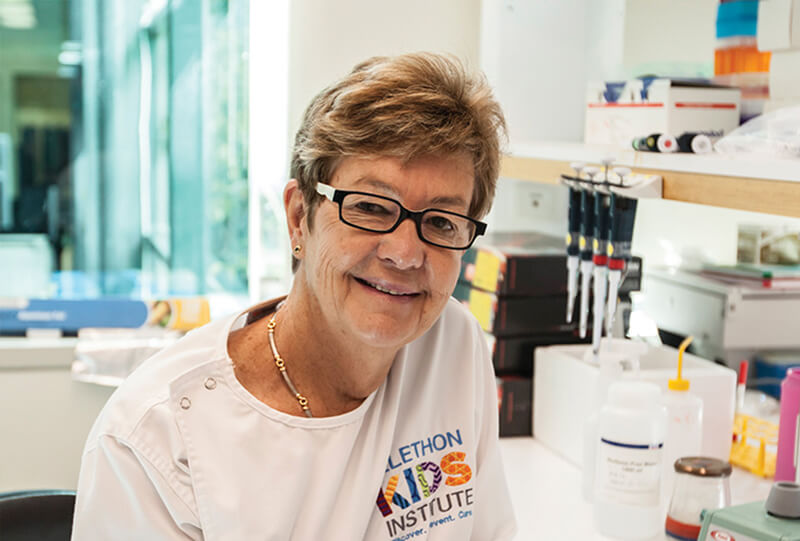Search
Research
Cellular and molecular mechanisms of vitamin D in food allergyEpidemiological evidence from the past decade suggests a role of vitamin D in food allergy pathogenesis
Research
PGE2 pulsing of murine bone marrow cells reduces migration of daughter monocytes/macrophages in vitro and in vivoOur results reveal long-lasting changes to progenitor cells of monocytes/macrophages by a 2-hour dimethyl PGE2 pulse that, in turn, limits the migration of their daughter cells to chemoattractants and inflammatory mediators.
Research
Vitamin D supplementation of initially vitamin D-deficient mice diminishes lung inflammation with limited effects on pulmonary epithelial integrityIn disease settings, vitamin D may be important for maintaining optimal lung epithelial integrity and suppressing inflammation, but less is known of its effects prior to disease onset.
Research
Serum 25-hydroxyvitamin D concentrations and cardiometabolic risk factors in adolescents and young adultsAssociations between serum 25(OH)D concentrations and cardiometabolic risk factors from adolescence to young adulthood in the Raine Study
Research
Heat-mediated reduction of apoptosis in UVB-damaged keratinocytes in vitro and in human skin ex vivoUVB-induced p53-mediated cell cycle arrest and apoptosis are reduced in the presence of heat stress, leading to increased survival of DNA damaged cells

News & Events
UV offers new hope in fight against MSPeople at risk of developing multiple sclerosis (MS) have been offered a beacon of hope thanks to research into UV exposure.

News & Events
Vitamin D deficiency linked to childhood asthmaResearchers at The Kids Research Institute Australia have found children with vitamin D deficiency are more likely to develop asthma.
Research
Vitamin D and atopy and asthma phenotypes in children: a longitudinal cohort studyVitamin D has been linked in some studies with atopy- and asthma-associated phenotypes in children with established disease,but its role in disease inception...
Research
The anti-inflammatory effects of interleukin-4 are not mediated by suppressor of cytokine signalling-1 (SOCS1)While it is known that the anti-inflammatory effects of interleukin (IL)-4 require new protein synthesis, the exact mechanisms by which IL-4 suppresses the prod
Research
Effects of UVR exposure on the gut microbiota of mice and humansBoth human and murine studies report that multiple exposures to sub-erythemal UV radiation can increase the diversity of the gut microbiome
